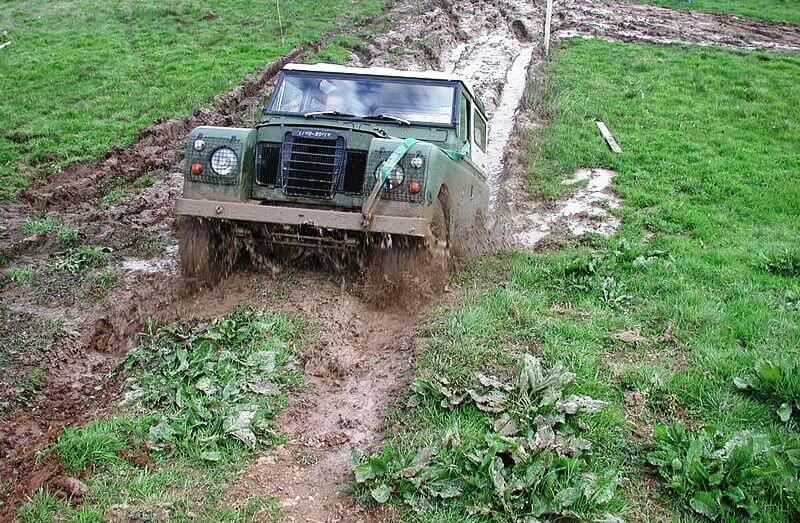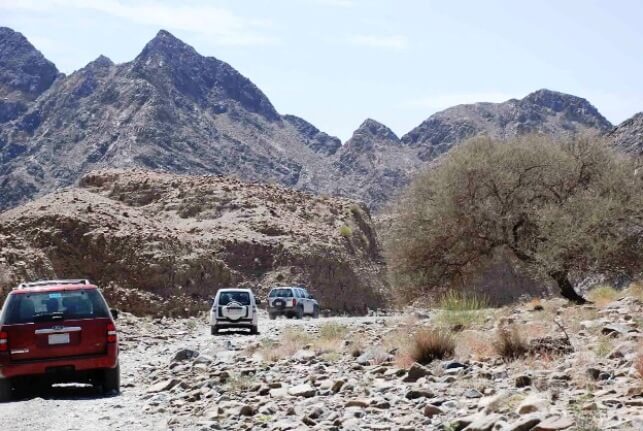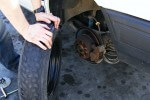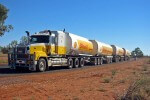Buying & Importing Cars · Car Care & Maintenance · Customized & Improvised · The African Autos · The Best...
Off-Road Driving Techniques and Tips
An Off-road 4WD car is a good option when you are doing some rough terrain, but then, that does not mean that a 2 wheel drive cannot go off-road. With good driving skills, you can drive any terrain that you find yourself in.
Whether you are first timer in driving or have a couple of years of experience, off-road driving come with its fair share of challenges. However, if you know Africa well, you will agree that off road driving is one portion of your driving career that you will not escape, well, unless you dedicate yourself to living in the city all the time and even then, you would still have to contend with navigating roads prone with potholes that can swallow a whole Toyota Fitz!
The choice of car matters, because car maketh the driver! But the car will not drive itself; you will have the honor, or dishonor (if it is a piece of junk) of driving it in the rough terrain. Don’t worry, even the glib city boys do wish for an action of rough terrain driving every now and then! Knowing how to drive on all kinds of ground will be one of the most rewarding experiences of your entire driving career.
Ground clearance! This is very important. There will be boulders, perhaps there will be sand, and maybe you will hit a mud track. If your car has low ground clearance, it could end up with its belly torn apart.
The minimum ground clearance of your car is defined as the lowest point of the axle housing, in vehicles that have permanent axles. The minimum ground clearance remains the same, when the axle moves up or down with the wheels. To calculate your minimum clearance, measure the distance from the differential housing, which is the lowest point of the axle to the ground. This will help you to gauge which grounds to avoid when off-road.

An African Safari requires a sturdy off-road vehicle like the Landcruiser or Landrover
Image source: http://en.wikipedia.org/wiki/Safari
Know your car – This is very important before you embark on off road driving. Ensure that the car is well suited for the course you intend to take. Prepare and maintain it accordingly. Have a mechanic look at the suspension, the shock absorbers and most important, ensure that you have tires suited to the kind of terrain. If you are driving through some muddy portions on the road, you will need tires with strong grip, broad surface so that they don’t sink into the mud.
Find information about the roads and trails you will be using. Ask people, look for information online and never, ever embark on a journey blindly. If you are completely new to that section of driving, drive during the day. Off-road driving may mean obstacles on the road, sudden turns and twists which are better negotiated in daylight.
Carry enough water, food and make sure you have backup battery for your cellphone. You also need to carry a flashlight and may need more than one spare wheel. Give someone an itinerary of your drive so that if you get stuck they can come get you.
In the car, sit in an upright driving position, maintaining a loose grip on the wheel. As you do this, ensure to keep your thumbs off the center of the steering wheel, to avoid danger in case of a kickback.
Increase throttle control by keeping your right foot on the gearbox tunnel. You can also use the dead pedal on your left but again remember not to use the clutch pedal as the dead pedal. Preferably, as soon as the clutch is out, keep your feet from it.
Know your departure angle, approach angle and break over angle, so that you can be able to escape obstacles, while off-road driving. When you approach the obstacle, it is important to get out of the 4WD and check the clearance. This will enable you to avoid obstacles, to prevent the car from suffering damage.
Know the width and height of the car. You need to know whether your car will fit under overhanging tree branches or rocks.







